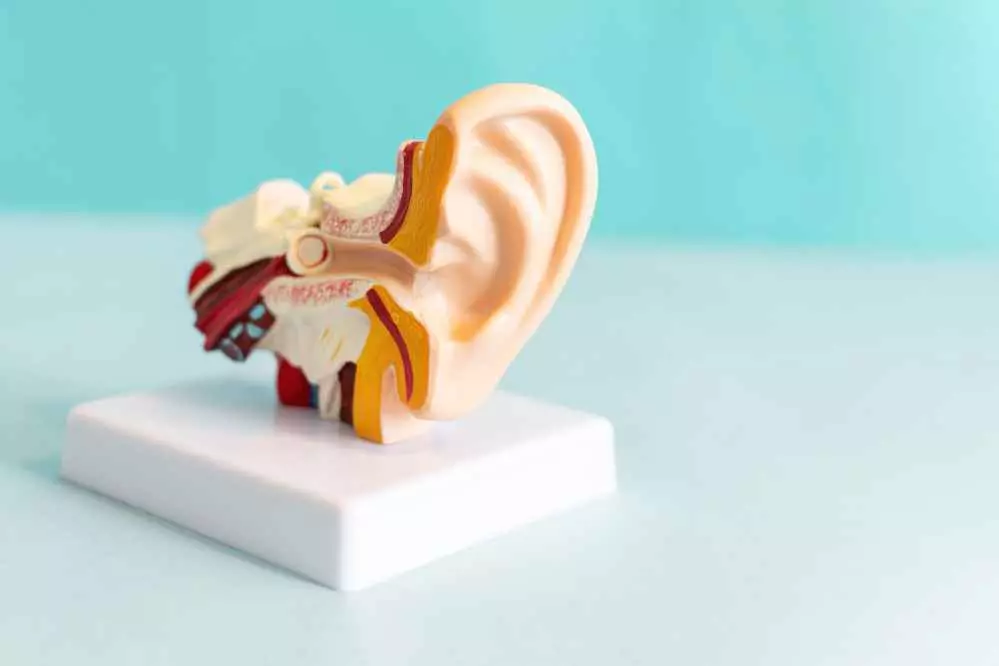Introduction to anatomical models in medical education
Anatomical models play a key role in medical education, serving as an indispensable tool in the teaching and learning process. They enable students to see and understand the complex structure of the human body, which is essential for effective preparation for future professional practice. This article will look at the various functions and applications of anatomical models in the context of medical education.
Types of anatomical models
Anatomical models can be divided into several categories, depending on their purpose and scale. Among the most popular types, we can distinguish:
Skeletal models - depict the structure of the human skeleton, allowing us to learn about bones, joints and their interrelationships.Internal organ models - show individual organs and their distribution in the human body, which is essential for understanding their functions.Interactive models - modern tools that allow users to explore anatomical structures in three dimensions, often used in virtual simulations.
Educational functions of anatomical models
Anatomical models perform a number of educational functions that contribute to improving the learning process. Here are the most important of these:
Increase understanding of the material
With their visualization capabilities, anatomical models allow students to better understand the complex structures of the body. Instead of learning from textbooks, students can directly analyze how different organs and systems work together.
Preparation for clinical practice
Medical students need to be well prepared to work with patients. Anatomical models help them learn the structure of the body in practice and adapt theory to practice. This translates into confidence and decision-making skills in real clinical situations.
Support for remote learning
In the era of remote education, anatomical models are joining educational technologies such as apps and computer programs. Interactive models enable learning at a level that was previously only available in traditional classrooms, making anatomy information significantly more accessible.
Practical applications of anatomical models
Anatomical models are used in many areas of medicine and education. Here are some practical examples of their use:
Medical schools and universities
In educational institutions, anatomical models are used in practical classes, where students have the opportunity to study anatomy on a specific group of models. This is an essential part of educational syllabuses at medical faculties, who provide not only theory but also practical skills.
Medical simulations
In medical simulations, anatomical models play a key role in realistically replicating conditions in hospitals or other medical facilities. Professionals use them to learn and improve their skills in diagnosis and treatment.
Anatomy labs
Anatomy labs in medical schools are equipped with a variety of anatomical models to aid in teaching and research. These models are used both in lectures and as part of individual student projects, which fosters creativity and innovation in the approach to education.
Applications
Anatomical models are an invaluable support in medical education, enabling a better understanding of the anatomy of the human body. Their diversity and application in a variety of educational contexts make them an ideal tool for future medical professionals. As technology advances and new teaching methods are developed, anatomical models will continue to play a key role in the education of medical professionals around the world.
